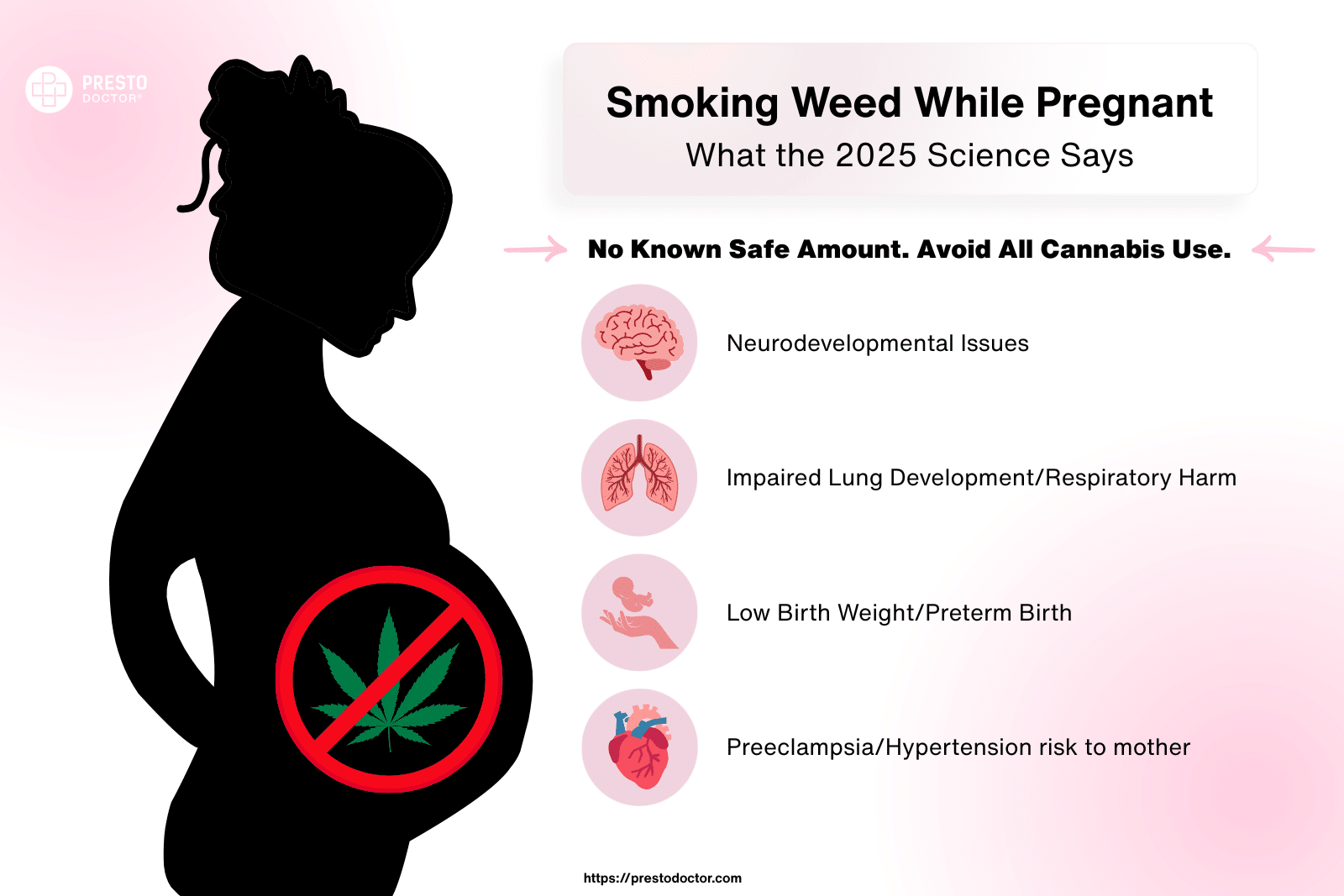
Several months have passed since the humble weed shoot first pierced through the earth or the delicate clone was lovingly nestled in the soil. In the intervening time, you’ve closely watched over their growth and development, witnessing these plants as they grew in stature and gradually began to yield their prized buds. The anticipation for that perfect moment when you can harvest these buds and savor their effects has been building. When should I harvest my cannabis plant?
Harvesting outdoor marijuana plants is a critical phase in the cultivation process, influencing the aroma, taste, and potency of your cannabis yield. To ensure a successful harvest season, it’s essential to have an understanding of when and how to harvest. This comprehensive guide delves into the nuances of harvesting outdoor cannabis, offering valuable insights for cultivators.
Harvest Methods
Depending on the chosen method, there are various techniques available for the harvest of marijuana. This can involve either trimming the buds while they are still moist, directly from the living plant, or waiting for them to dry before embarking on the harvesting process.
In the technique known as “wet trimming,” the plant is harvested, and the buds are gently plucked from the branches in a process known as “bucking.” This is followed by the meticulous trimming of the buds. The entire plant is subsequently set out for drying, with all these steps seamlessly merging into one continuous session.
On the other hand, “dry trimming” takes a somewhat different route. Here, the plant is harvested and then left to dry naturally for a specific period, usually several days. Once these buds have achieved the desired level of dryness, they are then gingerly detached from the branches and subjected to the trimming process. This method ensures a more controlled and leisurely approach to the harvest.
Steps For Harvesting
- Preparation for Harvest:
- Initiate a week-long flushing process for your plants to ensure purity and optimal flavors.
- Evaluate the trichome color to determine the perfect moment for harvesting.
- Trimming Strategy Selection:
- Decide whether you will opt for the wet or dry trimming method, depending on your preferences and experience.
- Gathering Necessary Equipment:
- Assemble all the essential equipment you’ll need for a successful harvest, such as pruning shears, drying racks, and containers.
- Harvesting the Plants:
- With careful precision, cut down the mature plants, ensuring minimal damage to the precious buds.
- Drying and Trimming:
- Begin the drying process, allowing the plants to gradually lose moisture.
- Subsequently, commence the trimming process to refine the appearance and quality of the harvested buds.
By following these steps, you’ll ensure a successful cannabis harvest that delivers the best possible results in terms of flavor, potency, and overall quality.
Determining the Harvest Season
The timing of the harvest season for outdoor cannabis plants can vary depending on geographic location and weather conditions. Generally, the ideal harvest window falls in late summer or early autumn, when the plants have reached full maturity. However, the specific timing is contingent upon your particular environment. Vigilant monitoring of your plants’ growth throughout the season is crucial for determining the perfect moment to harvest.
Identifying the Optimal Harvest Time
To determine the perfect moment for harvesting, it’s crucial to monitor the trichomes, those transparent resinous glands spread throughout the plant. These trichomes evolve in color from clear to cloudy and eventually take on a golden-brown shade. When they are fully mature and in prime condition, they become sticky and appear milky white. In contrast, unripe trichomes remain transparent, while overripe or unhealthy ones take on an amber or brown hue. Hence, it’s advisable to wait for the trichomes to transition into this milky white state before proceeding with the harvest.
It’s noteworthy that the upper colas of the plant might mature faster due to their greater exposure to light, potentially necessitating a staggered harvest to ensure each bud is at its peak. Additionally, valuable insights from the strain’s breeder or cultivator can guide you in approximating the ideal harvest time, ensuring you maximize the THC and cannabinoid levels for the best flavor and potency.
Outdoor Cannabis Harvest Timeline
Outdoor cannabis cultivation is intrinsically tied to the warm-season annual nature of the plant. For those engaging in outdoor cultivation in the Northern Hemisphere, the harvest window typically spans from September to November. However, the specific timing can exhibit noteworthy variations contingent upon the region. For instance, cultivators in Northern California may enjoy a longer harvesting season, possibly extending into November. Conversely, those in the Pacific Northwest need to be more expedient, aiming to collect their yields before mid-October to avoid the disruptive impact of autumn rainfall. An invaluable piece of advice is to become well-versed in the unique weather conditions of your specific locale and engage with fellow cultivators to ascertain the ideal timeframe for your marijuana harvest.
Cold Temperatures
Most cannabis plants can endure a light freeze, with temperatures ranging from 28-32°F, for up to three hours without any adverse effects. However, a hard freeze, characterized by lower temperatures or more extended durations, poses a severe risk to these plants.
Frost-induced ice crystal formation within the plant’s tissues can damage cells, leading to wilted leaves that eventually turn dark and brittle. The extent of harm increases with the severity of the frost.
It’s worth noting that potted plants undergo more significant temperature fluctuations than those planted directly in the ground, rendering them more susceptible to frost damage.
Rainy Harvests
Just as with sudden temperature drops, rain alone doesn’t necessarily pose a significant problem. However, the duration and intensity of the rainfall are critical factors. If warm and dry weather is expected to return swiftly, mature cannabis plants can endure the rain safely. But if prolonged rain is in the forecast, the risk of mold development becomes substantial. In such situations, it’s advisable to cut your losses and harvest the plants before they become waterlogged.
Protecting your plants with covers can be beneficial, but it’s important to recognize that some humidity will persist in the environment. To shield your plants, simply use a few tall stakes and a tarp, with the caveat that the cover will be off once the cold weather or rain has passed. This ensures that your plants regain warmth and receive the essential sunlight and fresh air.
The Morning Harvest Ritual
Experienced cultivators often advocate for harvesting cannabis plants in the morning. This practice is grounded in the preservation of the plant’s terpene composition, which significantly contributes to its unique aroma and taste. Opting for a morning harvest enables you to capture the full spectrum of the plant’s aromatic qualities, enhancing the overall experience.
Mastering the Harvesting Technique
To gather your marijuana plant efficiently, start by carefully cutting off the larger colas attached to the branches. Employ sharp, clean pruning shears to achieve precise cuts just above the base of each branch. Following the removal of branches, you have the choice to trim the buds immediately or allow them to dry before trimming. Hanging the plant upside down for approximately five to seven days is a beneficial practice for preserving terpenes and flavors.
Harvest Tips
When cultivating the same variety of marijuana, it’s wise to harvest all your plants simultaneously since they’ll mature in unison. However, when dealing with multiple strains, be aware that they might mature at different times. Despite this, you might opt to harvest all strains together to simplify the subsequent trimming process, even though some strains may need earlier or later harvesting.
In preparation for the harvest, it’s advisable to flush your plants with water only a week prior to the harvest. This process helps remove excess nutrients, ensuring a cleaner and smoother end product.
Safeguarding Terpenes and Flavor
The preservation of terpenes and flavors is paramount for achieving a top-tier cannabis yield. Avoid rough handling or excessive agitation during the drying and trimming process. When storing your dried buds, opt for airtight containers like glass jars, placing them in a cool, dim area. This practice ensures the longevity of both flavor and potency.
Customizing Your Harvesting Schedule
It’s essential to recognize that each cannabis strain possesses distinct characteristics. Therefore, conducting trials and adjusting your harvesting schedule accordingly is necessary for optimizing your yield. By observing trichomes, employing appropriate harvesting methods, and correctly drying and storing your cannabis, you can ensure a bountiful harvest while preserving the plant’s terpenes, flavor, and potency.
So, When Should I Harvest My Cannabis Plant?
In conclusion, the journey from planting the weed shoot to harvesting and savoring the fruits of your labor is a delicate and rewarding process. Understanding when and how to harvest is paramount in maintaining the aroma, taste, and potency of your outdoor cannabis plants. Whether you opt for wet or dry trimming, the care you take during harvesting, drying, and trimming impacts the quality.
The timing of the harvest season depends on your geographical location, and environmental conditions should guide your decisions. Observing trichomes is a precise way to determine the optimal moment to harvest, ensuring maximum potency and flavor. To safeguard terpenes and flavors, gentle handling and proper storage are essential.
Remember that each strain may have unique traits, so adapt your harvesting schedule accordingly. Engage with fellow cultivators and gather insights from the strain’s breeder or cultivator to approximate the ideal harvest time. By following these comprehensive guidelines, you can embark on a successful cannabis harvest, reaping the benefits of your efforts while ensuring a top-notch yield.
Harvesting outdoor marijuana plants requires a keen eye, patience, and a deep understanding of your specific strain and growing conditions. Timing is everything when it comes to achieving the perfect balance of aroma, taste, and potency in your cannabis crop. By following these tips and tricks, you’ll know when to harvest your cannabis plants and enjoy the fruits of your labor.






